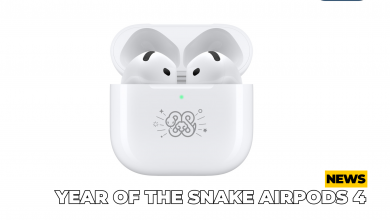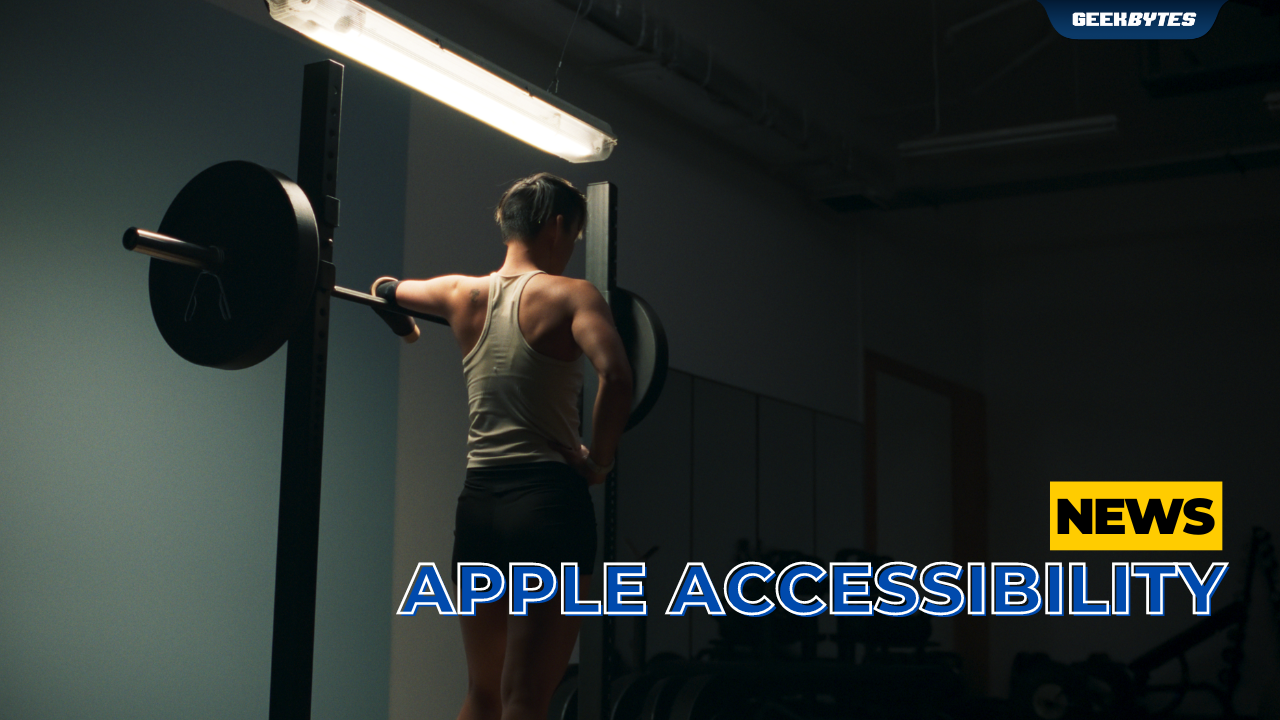
Accessibility has been one of Apple’s core values since forever. Fun fact: it has been an almost 40 years journey to embed more accessibility-driven features into Apple products and services. With a close collaboration with disability communities, Apple has constantly showed up for persons with disabilities with innovative and functional accessibility features, built to enhance the way they use Apple products and services.
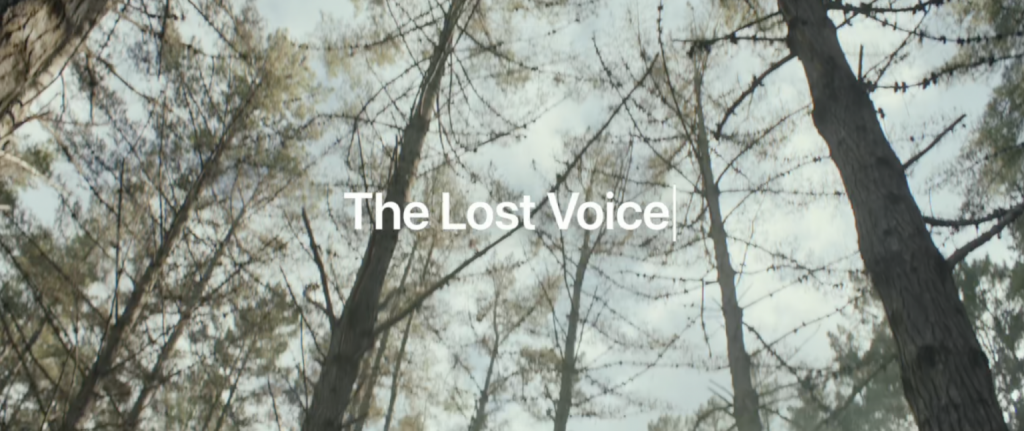
Accessibility-Focused Short Films
Apple has previously released accessibility-focused short films, such as “The Greatest“ and “The Lost Voice“. These short films spotlight vision, hearing, mobility, cognitive and speech accessibility features that are built into Apple products. Apart from accessibility features, the films feature stories of the tenaciously dynamic individuals who use them daily.
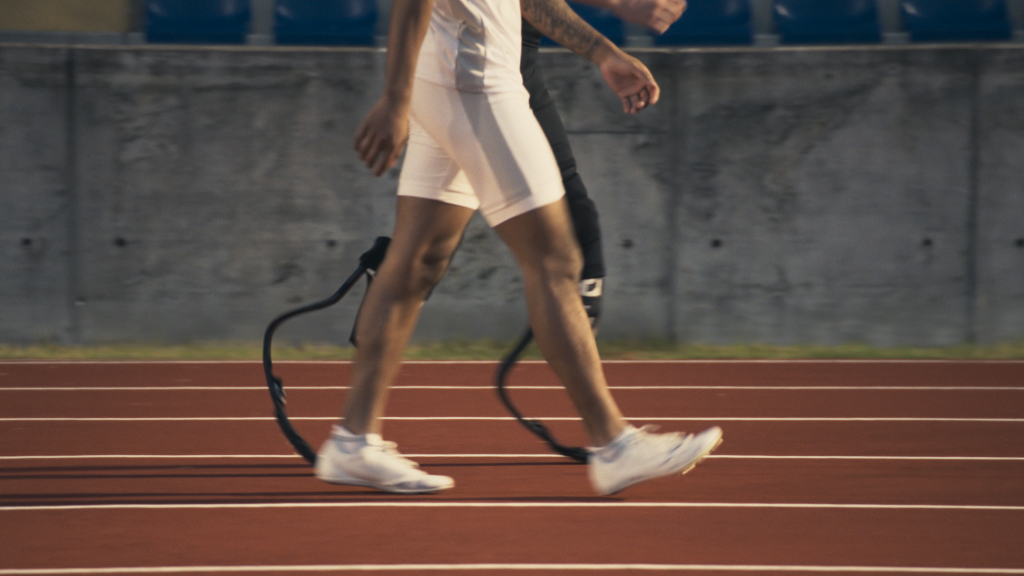
Source: Apple
“The Relay”
With Paralympics starting at the end of this month, there is no better time to spotlight Accessibility, than now. The latest in Apple’s accessibility-focused short films, “The Relay” celebrates the mutual experiences of eight awe-inspiring and highly competitive athletes. Athletes with disabilities often compete with non-disabled athletes, and this is not often shown. In “The Relay”, this is cleverly portrayed by director, Derek Cianfrance, in tandem with the eight athletes.

Source: Apple
Both teams in “The Relay” interweave adaptive and non-disabled athletes, including a wheelchair racer, low-vision swimmer, blade runner and a track cyclist with an upper limb difference – each racing against a non-disabled counterpart in a four-part relay.
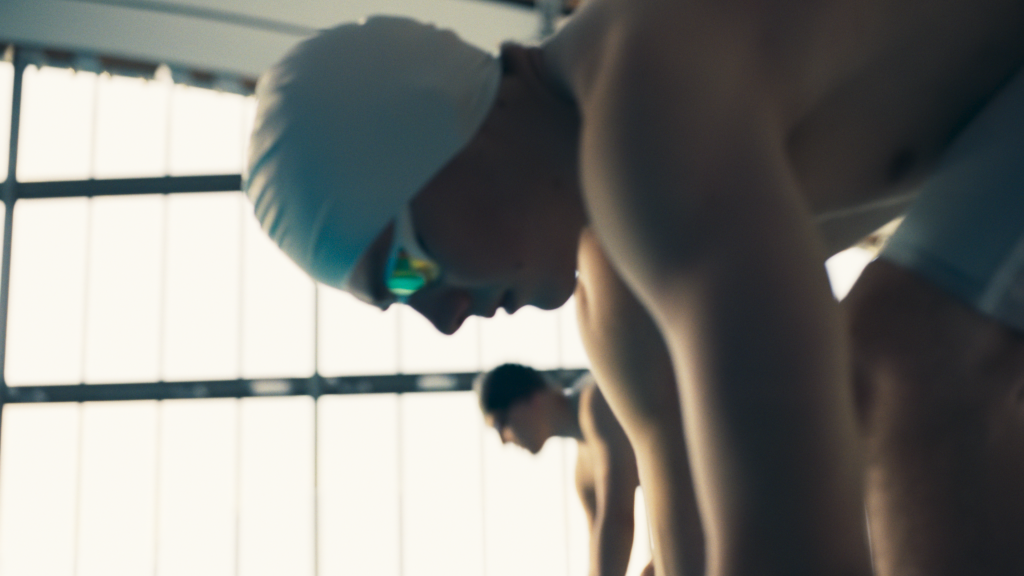
Source: Apple
“The Relay” showcases ongoing partnerships with organizations like the Challenged Athletes Foundation, which supports adaptive sports and has worked with Apple to enhance the authenticity and impact of its products and storytelling.
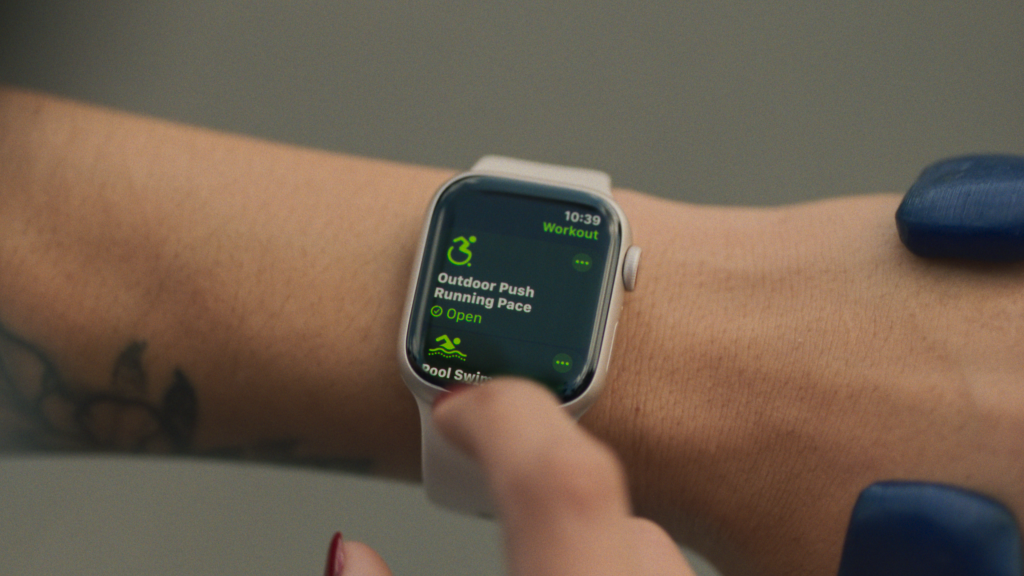
Source: Apple
Apple Features in “The Relay”
In the film, the athletes leverage different Apple products and accessibility features, alongside third-party applications to train, compete, and navigate their daily lives. Performance is tracked through features such as Sleep metrics, daily exercise goals, and movement throughout the day – which can be viewed on iPad and Mac.
The adaptive athletes use accessibility features such as:
- Spoken Content on iPhone, to help read texts out loud for blind and low vision users
- Magnifier + Point and Speak on iPhone, to help enable blind and low vision users to point at text on nearby physical objects, and have it narrated to them
- AssistiveTouch on Apple Watch, to help users with upper body limb difference use it without touching the screen
- Wheelchair Workouts for Workout app on Apple Watch, with two options for wheelchair users to track workouts such as: Outdoor Wheelchair Walk Pace and Outdoor Wheelchair Run Pace
What’s Next in Apple Accessibility
Later this year, Apple will be introducing new accessibility features to create more intuitive experiences for disabled users. These features include:
- Music Haptics: an interactive way for users who are deaf or hard of hearing to experience music in a new way on iPhone
- Vocal Shortcuts and Listen for Atypical Speech: enhancement of speech recognition and customization for a broader range of users with atypical speech
- Eye Tracking: amazing new feature catered to users with physical disabilities to use iPhone and iPad with their eyes
Live Captions will be joining the accessibility features on Apple Vision Pro, and Voice Control and Sound Recognition will be coming to CarPlay, and more.


